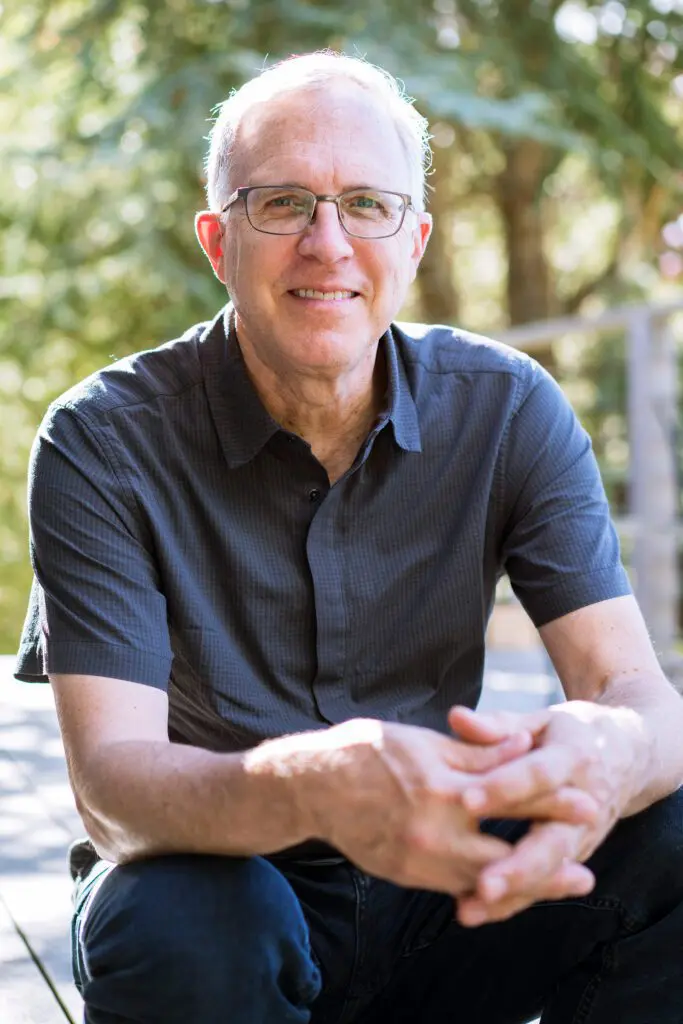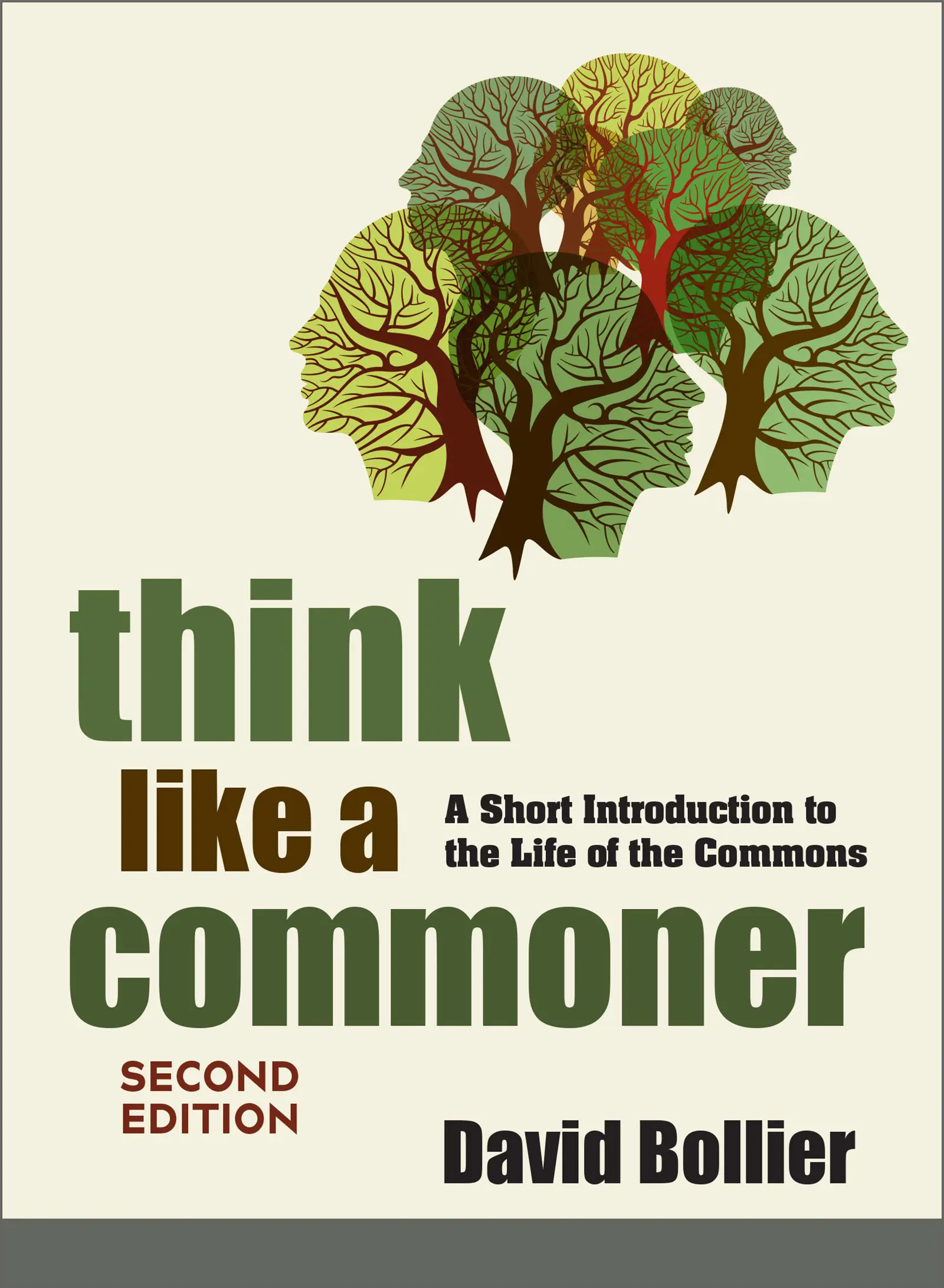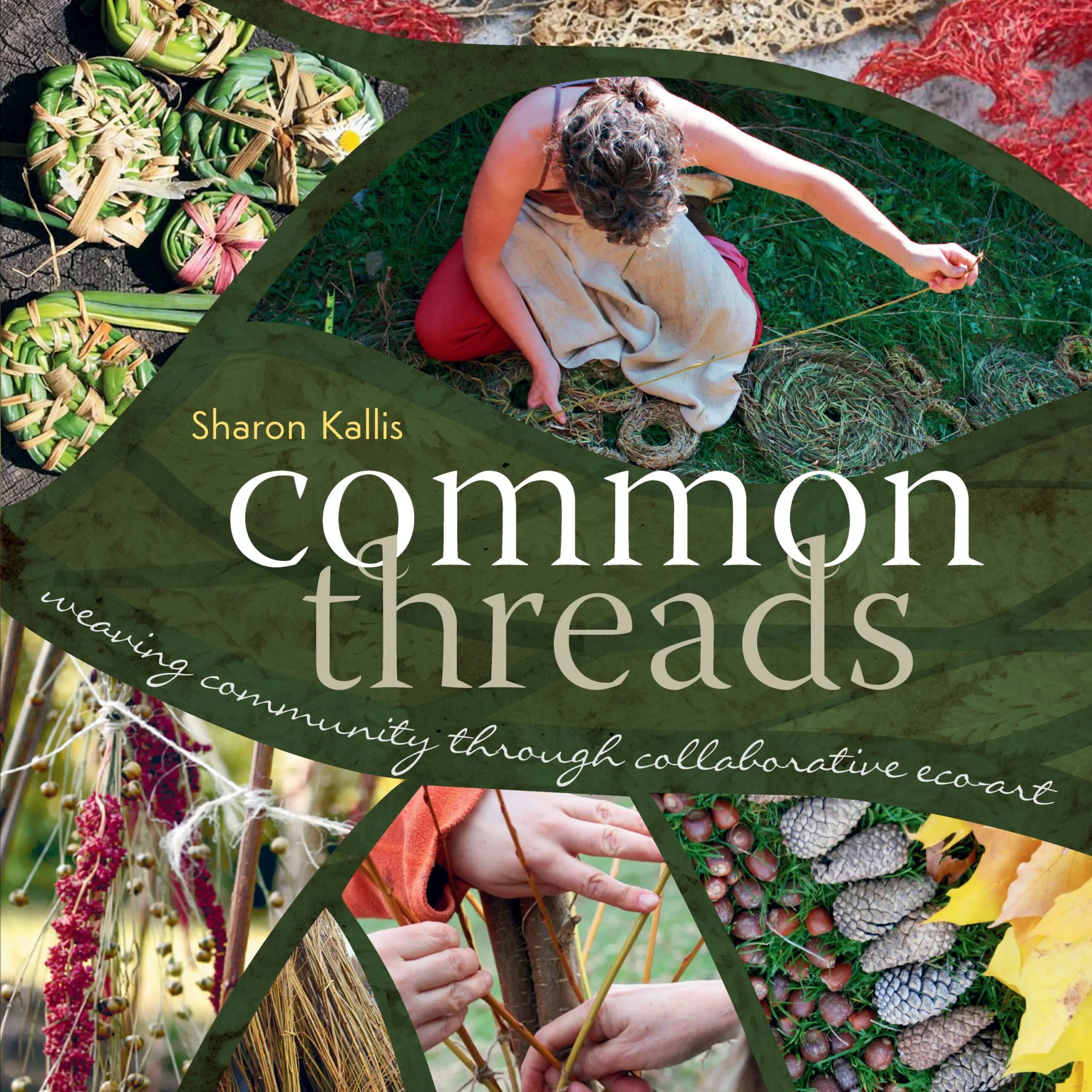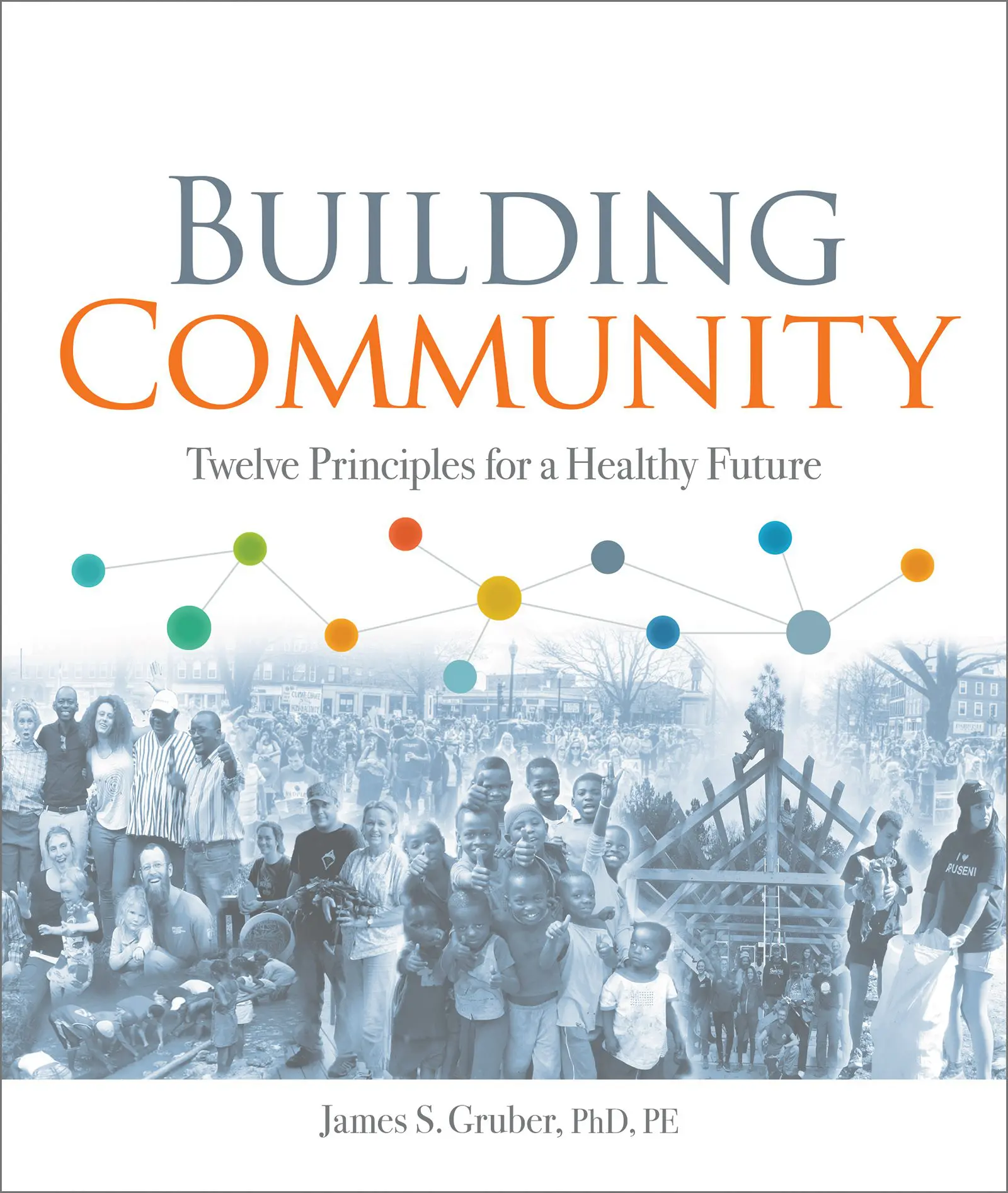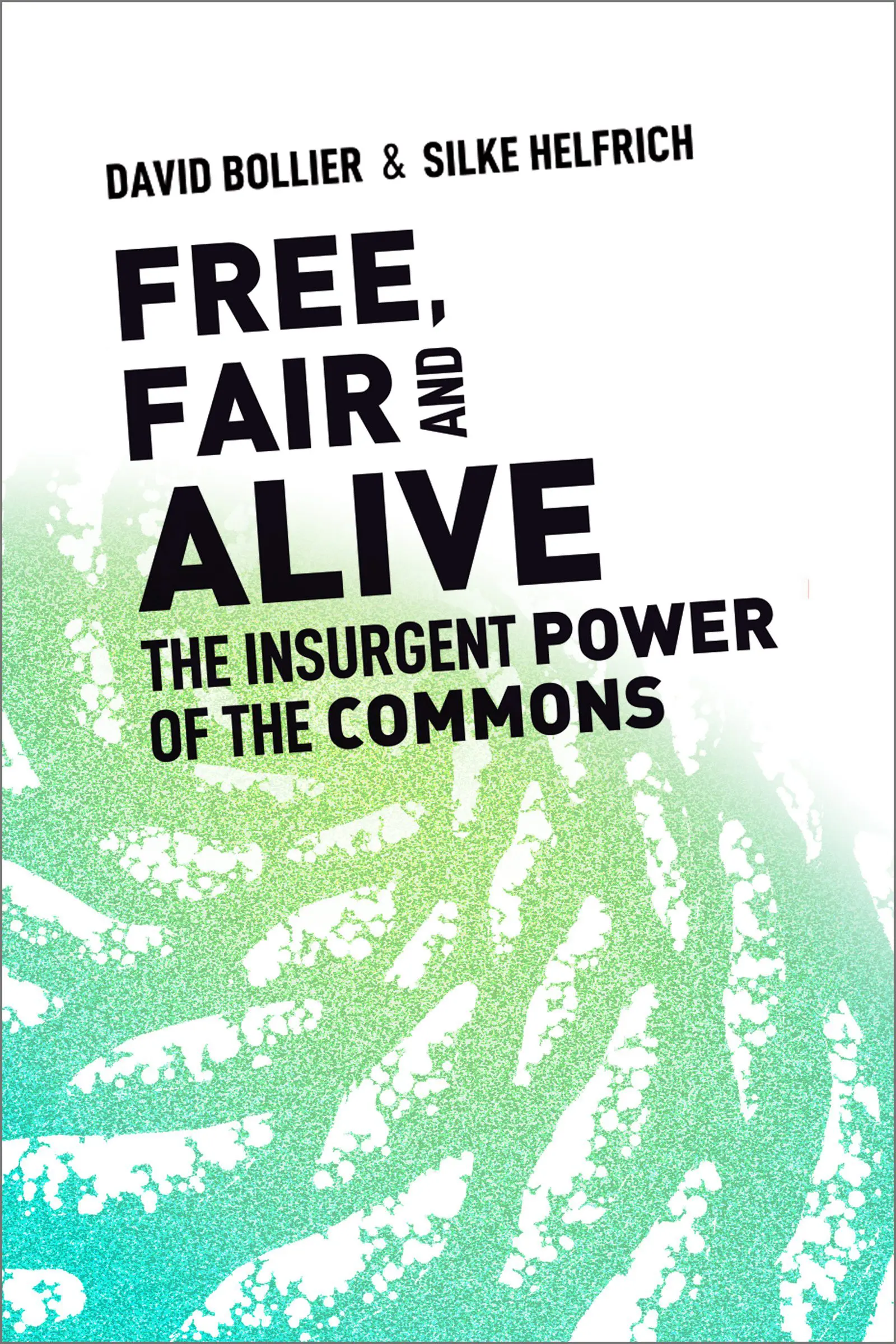
“Picture a pasture open to all.”
For at least a generation, the very idea of the commons has been marginalized and dismissed as a misguided way to manage resources: the so-called tragedy of the commons. In a short but influential essay published in Science in 1968, ecologist Garrett Hardin gave the story a fresh formulation and a memorable tag line.
“The tragedy of the commons develops in this way,” wrote Hardin, proposing to his readers that they envision an open pasture:
It is to be expected that each herdsman will try to keep as many cattle as possible in the commons. Such an arrangement may work reasonably satisfactorily for centuries because tribal wars, poaching and disease keep the numbers of both man and beast well below the carrying capacity of the land. Finally, however, comes the day of reckoning, that is, the day when the long-desired goal of social stability becomes a reality. At this point, the inherent logic of the commons remorselessly generates tragedy. As a rational being, each herdsman seeks to maximize his gain. Explicitly or implicitly, more or less consciously, he asks, “What is the utility to me of adding one more animal to my herd?”
Excerpted from Think Like a Commoner, Second Edition
The rational herdsman concludes that the only sensible course for him to pursue is to add another animal to his herd. And another…. But this is the conclusion reached by each and every rational herdsman sharing a commons. Therein is the tragedy. Each man is locked into a system that compels him to increase his herd without limit — in a world that is limited. Ruin is the destination toward which all men rush, each pursuing his own best interest in a society that believes in the freedom of the commons. Freedom in a commons brings ruin to all.
The tragedy of the commons is one of those basic concepts that is drilled into the minds of every undergraduate. The idea is considered a basic principle of economics — a cautionary lesson about the impossibility of collective action. Once the class has been escorted through a ritual shudder, the professor whisks them along to the main attraction, the virtues of private property and free markets. Here, finally, economists reveal, we may surmount the dismal tragedy of a commons. The catechism is hammered home: individual freedom to own and trade private property in open markets is the only way to produce enduring personal satisfaction and social prosperity.
Hardin explains the logic this way: we can overcome the tragedy of the commons through a system of “mutual coercion, mutually agreed upon by the majority of the people affected.” For him, the best approach is “the institution of private property coupled with legal inheritance.” He concedes that this is not a perfectly just alternative, but he asserts that Darwinian natural selection is ultimately the best available option, saying, “those who are biologically more fit to be the custodians of property and power should legally inherit more.” We put up with this imperfect legal order, he adds, “because we are not convinced, at the moment, that anyone has invented a better system. The alternative of the commons is too horrifying to contemplate. Injustice is preferable to total ruin.”
Such musings by a libertarian-minded scientist have been catnip to conservative ideologues and economists (who are so often one and the same). They see Hardin’s essay as a gospel parable that affirms some core principles of neoliberal economic ideology. It affirms the importance of “free markets” and justifies the property rights of the wealthy. It bolsters a commitment to individual rights and private property as the cornerstone of economic thought and policy. People will supposedly have the motivation to take responsibility for resources if they are guaranteed private ownership and access to free markets. Tragic outcomes — “total ruin” — can thereby be avoided. The failure of the commons, in this telling, is conflated with government itself, if only to suggest that one of the few recognized vehicles for advancing collective interests, government, will also succumb to the “tragedy” paradigm. (That is the gist of Public Choice theory, which applies standard economic logic to problems in democratic government.)
Over the past several decades, the tragedy of the commons has taken root as an economic truism. The Hardin essay is taught not just in economics courses but in political science, sociology, and other fields. It is no wonder that so many people consider the commons with such glib condescension. The commons = chaos, ruin, and failure.
There is just one significant flaw in the tragedy parable. It does not accurately describe a commons. Hardin’s fictional scenario sets forth a system that has no boundaries around the pasture, no rules for managing it, no punishments for overuse and no distinct community of users. But that is not a commons. It is an open-access regime or a free-for-all. A commons has boundaries, rules, social norms, and sanctions against free riders. A commons requires that there be a community willing to act as a conscientious steward of a resource. Hardin was confusing a commons with “no-man’s-land,” and in the process, he smeared the commons as a failed paradigm for managing resources.
Conclusion
In reality, commons (as peer-managed communities of stewardship) are anything but a “tragedy.” They are quite often highly generative. It’s just that commons have a different value proposition than capitalism. Value is not defined by market price. Value is not monetized or propertized. Value does not arise through transactions, but from dynamic, committed relationships.
This capacity stems from a simple truth: “Living, symbiotic systems are generative.” Evolutionary biologist Lynn Margulis was the first to identify and explain the role of interdependent relations at the cellular level of life. In studying exchanges of bacteria and cells, she identified symbiosis as a propulsive, creative evolutionary force. Although her ideas were initially rejected in the late 1960s, the scientific mainstream eventually embraced them. It even gave them broader applications, including in the study of the Earth itself as a living system, Gaia.
The idea of symbiosis and creative relationality among living organisms goes a long way to explain why diverse living entities are so generative when they come into symbiotic relations. Systems such as ecosystems, open source software communities, digital networks, mutual aid communities, scientific disciplines, and gift economies all demonstrate this fact. What’s interesting is that these living systems are so creatively propulsive without the direct benefits of property rights, market exchange, or state power.
The new second edition of my book I offers dozens of examples of how commons are generative. More accurately, the social activity of commoning is the source of this value-creation. The fruits of this creative, productive process can be seen in permaculture and community supported agriculture; in mutual credit systems, time banking, and alternative currencies; in various forms of wikis and digital autonomous organizations (DAOs); and in commons that steward water, forests, land, fisheries, and much else.
One might say that commoning is the default system for creating value in human history — a reality that capitalist economics has largely eclipsed and consigned to a memory hole. It’s time to revisit the realities of commoning to see how much they do provide all of us, and on terms that tend to be fair, inclusive, and ecologically responsible.

